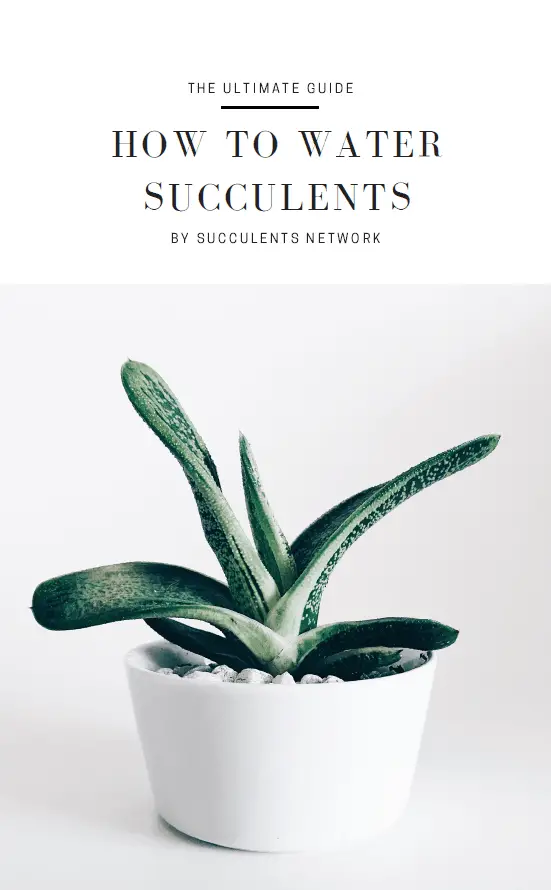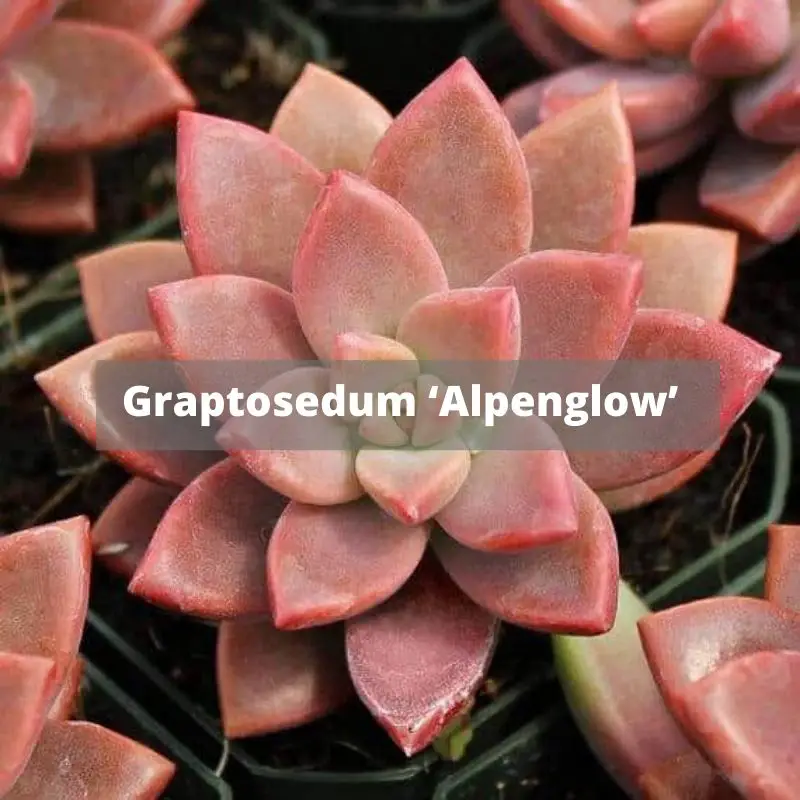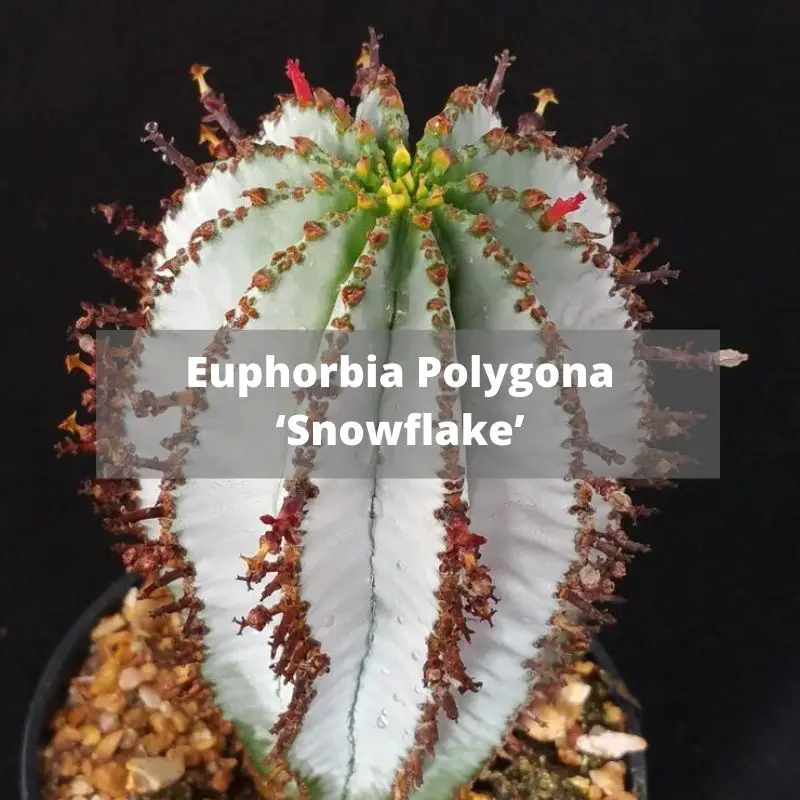Aloe Aristatais also known as Lace Aloe flower or torch plant, with the names of the plant varying from place to place. This is a low growing plant majorly found in South Africa. Aloe aristata has fleshy leaves, which are soft spine and dark green; the leaves change color as weather changes. It has orange, red flowers which grow on the stem. Aloe aristata is a resilient plant that grows in all kinds of weather and different conditions. It belongs to the Asphodelaceae plant family. The nature of its flowers, i.e., peach-colored flowers, helps it in the attraction of bees. Aloe aristata is harder than any other plant in its genus. The growth of Aloe aristata requires a lot of vital attention.
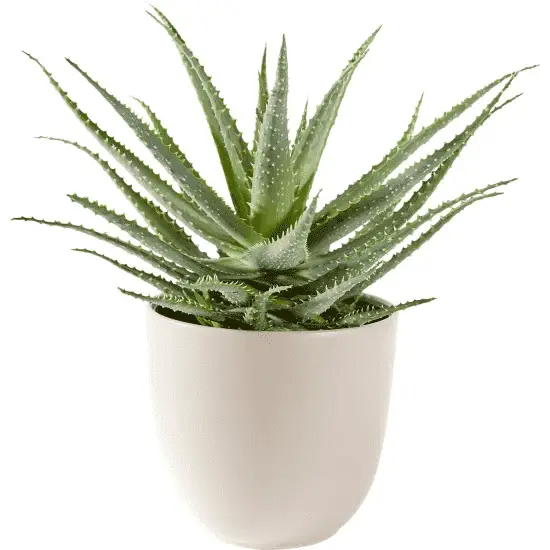
Picture via fleurop
Best Light & Temperature For Aloe Aristata
Lace aloe flower thrives best under bright light. The plant does not need to be necessarily exposed to sunlight; you can have it in a room well lit to provide sufficient light it needs for growth. Caring for the plant requires that it is exposed to a south-facing window for a long time. Aloe aristata should be exposed to room temperature most of the time because it is a house plant. Aloe aristata can also survive in dry weather. For the plant to develop flowers, it should be cared for in temperatures above 10oc at all times.
In case the lace aloe flower is grown outdoors, it should not be subjected to direct sunlight. When grown indoors, it should face the west or east windows. Aloe aristata care shows that it’s intolerant to cold conditions hence suitable for indoor growing. In case grown outside, it needs to be brought indoors during winter seasons.
How To Water Aloe Arista & Humidity
Lace Aloe flower care can sometimes be challenging when it comes to determining the right amount of water and humidity. Sufficient water is necessary during the growth stage of the plant. The roots of Aloe aristata should remain moist always; hence water should be sprayed in the pot containing the plant. Once grown, it should be watered less often, but caution should be taken to ensure the soil remain moisturized. The plant does not need much water since it has succulent leaves that are always good at water storage. The best way to water the plant is soak and dry method, but caution should be exercised to ensure water does not remain in the rosette of Aloe aristata.
Best Soil For Aloe Aristata and Transplanting Guide
For the Lace Aloe flower to be straight and healthy for the desired period, its soil should not hold a lot of water. The best soil for the growth of the Aloe aristata plant is a cactus mix or dry soil. For optimal growth, Aloe aristata should be reported yearly at the beginning of spring seasons. The soil should meet these three requirements: the soil should be pumice, coarse sand, and perlite. The transplanting process is not difficult; it
all about preparing a new pot then transplanting the plant to its new home.
Are your succulents dying? Do you need urgent help to keep them alive? Don’t worry! This ebook will solve the problems. I shared all my secrets related to how to water succulents with you.
How To Apply Fertilizer To Aloe Aristata
During the growth of the Aloe aristata plant, it is recommended to at least add fertilizer to the growing plant. The maintenance for the plant requires proper trimming during winter and fall and also when it is fully grown.
How To Propagate Aloe Aristata Care TIps
During the winter season, the plant should be transferred to a different pot. The new pots should be bigger and shallow than the previous pots. Sprinkling sand to the new pots is recommended since it helps in ensuring that the transferred plant does not rot. Always ensure that the roots are not removed from the plant to ensure the continued growth of the plant.
The easiest way for aloe aristata care while propagating is to collect its offsets. The offsets of aloe aristata can best be removed during spring. The offset should be removed from the base of the plant. The offset should then be planted in the same aloe aristata mix used from the main plant. Caution should be taken to avoid rot. This can be achieved through planting the offset about three-quarter inches deep and sprinkling with perlite or sand. The new growth can be noticed within a few weeks.
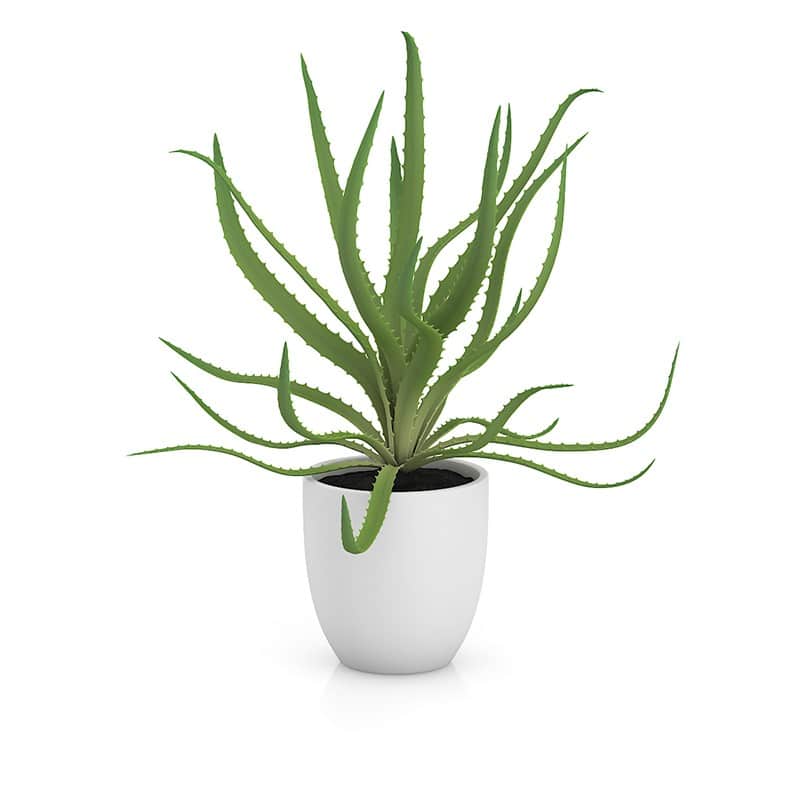
Picture via cgaxis
How To Get Rid Of Pests For The Aloe Aristata
The lace aloe flower usually attracts different types of pests, such as mealybugs and scale insects. These pests are dangerous to the plant since they are hard to notice as they hide under the leaves and end up being buried in the plant roots. The final result to destruction of the entire plant. Scale insects are also another type of pests that destroy the Lace Aloe plant. They usually affect the plant during the winter season and attacks the flowers and the stem. The pests are generally white or brown spots on the plant leaves.
They are two significant ways of getting rid of the pests. One is by use of the high-pressure hose to bust the plant. The other method is by use of bug sprays or removing them manually by the use of a damp cloth. These methods will scare away insects or even kill them.
The only grooming needed for this plant is the removal of dead leave. Aloe aristata care prescribes that the plant should not be fed on too much water to avoid rot. In the case of any pest attack, fungicides should be used to correct the situation that may cause rot. Some of the signs to know whether aloe aristata is infected with pests are the signs of patches of the leaves that differ with its original color. The spots may be as a result of scale insects or mealybugs. In case you detect any of these pests, you can remove them by the use of a toothpick.
Problems Of Failure To Care For Aloe Aristata
Failure to take good care of the Lace Aloe plant, especially during the summer season. Mature Lace Aloe flower requires an appropriate amount of water to avoid wilting. The absence of moisture results typically into the yellowing of leaves of the plant. During the winter season, Lace aloe plant that is unhealthy can rot in the base due to the excess amount of water.
Aloe aristata does not grow very fast compared to other plants; the plant does also not get very big, i.e., it is dwarf in nature. As a result, Aloe aristata care demands that the leaves be kept about 6-12 inches. The dense rosette-forming from the plant should only spread for about 2 feet.

